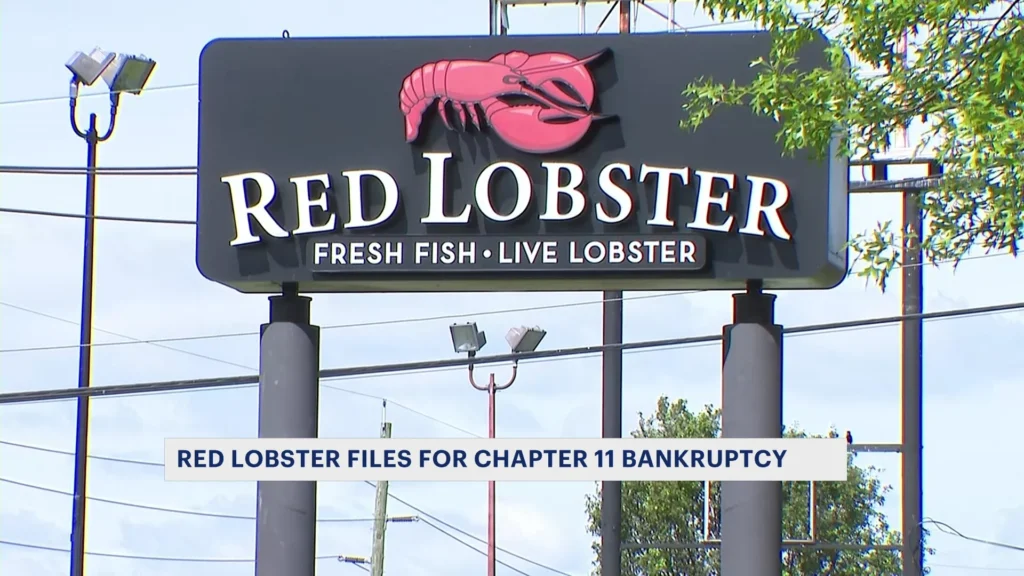The Financial Struggles Leading to Bankruptcy
Red Lobster’s recent decision to seek bankruptcy protection is rooted in a series of financial challenges that have progressively escalated over the past few years. A critical factor contributing to this economic downturn has been declining sales. The company has struggled to maintain its customer base amid increasing competition from other casual dining restaurants and a growing preference for home-delivered meals. Despite efforts to revamp their menu and introduce promotional deals, Red Lobster has seen a steady drop in foot traffic and revenue.
Rising operational costs have further strained the company’s financial health. With increasing expenses related to labor, food supplies, and logistics, the margins have been tightening. The seafood chain has faced particular difficulty in managing the cost fluctuations of its primary offerings, such as lobster and shrimp, which are subject to market volatility. These pressures have made it challenging to balance quality with affordability, affecting overall profitability.
The COVID-19 pandemic exacerbated these existing issues. The mandatory lockdowns and social distancing measures led to a significant reduction in dine-in customers. Although Red Lobster pivoted to takeout and delivery services, these streams could not fully offset the losses from closed dining rooms. The pandemic’s impact on the restaurant industry was severe, and Red Lobster was no exception, resulting in temporary closures and, eventually, mass restaurant closures.
Analyzing Red Lobster’s financial statements reveals a troubling trajectory. The company has been grappling with mounting debts and shrinking assets. Attempts to stabilize finances, such as restructuring debt and exploring new revenue streams, have proven insufficient. The financial challenges are evident in the company’s balance sheets, highlighting growing liabilities and diminishing liquidity.
The timeline of these difficulties dates back several years, with each fiscal period showing a worsening financial condition. Initial efforts to curb the downturn, including cost-cutting measures and strategic investments, have not yielded the desired results. As these financial pressures accumulated, the company found itself unable to meet its obligations, ultimately leading to the decision to seek bankruptcy protection.
Impact of Restaurant Closures on Employees and Customers
The abrupt decision by Red Lobster to close numerous restaurants has had profound consequences for both employees and customers. For the workforce, the immediate effect has been significant job losses. Thousands of employees, ranging from kitchen staff and servers to managerial positions, find themselves abruptly unemployed. The company has announced severance packages to cushion the blow, but the adequacy of these measures remains a topic of concern. Efforts are being made to assist displaced workers in finding reemployment opportunities, both within the remaining operational locations and through partnerships with other businesses in the hospitality industry.
For customers, particularly in communities where Red Lobster served as a major dining venue, the closures have removed a familiar and cherished dining option. This loss is felt most acutely in smaller towns and cities where dining choices are already limited. Loyal patrons now find themselves seeking alternative restaurants, which may not offer the same unique seafood experience that Red Lobster provided. The sudden disappearance of these restaurants also impacts local economies, as fewer dining options can lead to reduced foot traffic and revenue for nearby businesses.
As Red Lobster navigates its path through bankruptcy protection, the company’s restructuring plans are aimed at regaining financial stability. This includes a strategic evaluation of remaining locations to ensure their profitability and sustainability. The overarching goal is to streamline operations and cut costs without further compromising the customer experience. There are also discussions about modernizing the brand and menu offerings to attract a broader customer base while maintaining the core elements that loyal customers appreciate.
The future outlook for Red Lobster’s remaining operational locations hinges on the successful implementation of these restructuring plans. By focusing on financial health and innovative dining experiences, the company hopes to stabilize its market position and ensure long-term viability. The road ahead is challenging, but with strategic adjustments and a commitment to quality, Red Lobster aims to emerge from this period of uncertainty as a stronger and more resilient entity in the dining industry.
